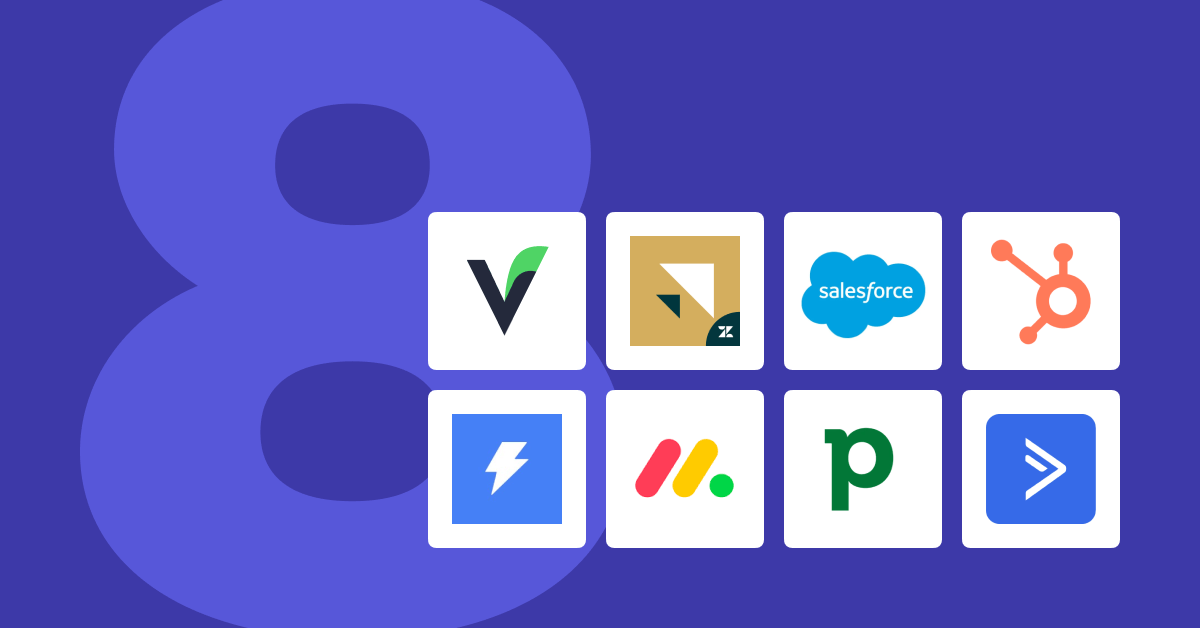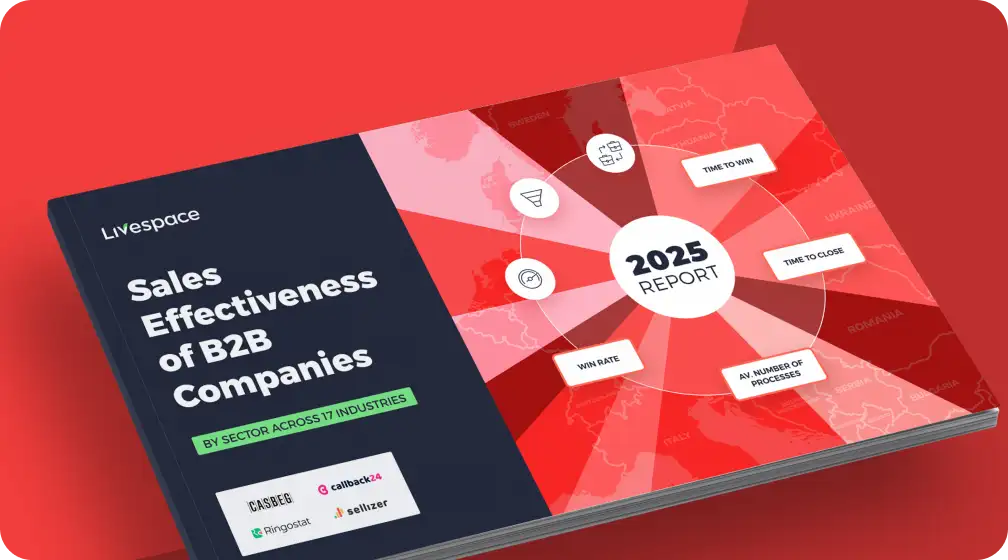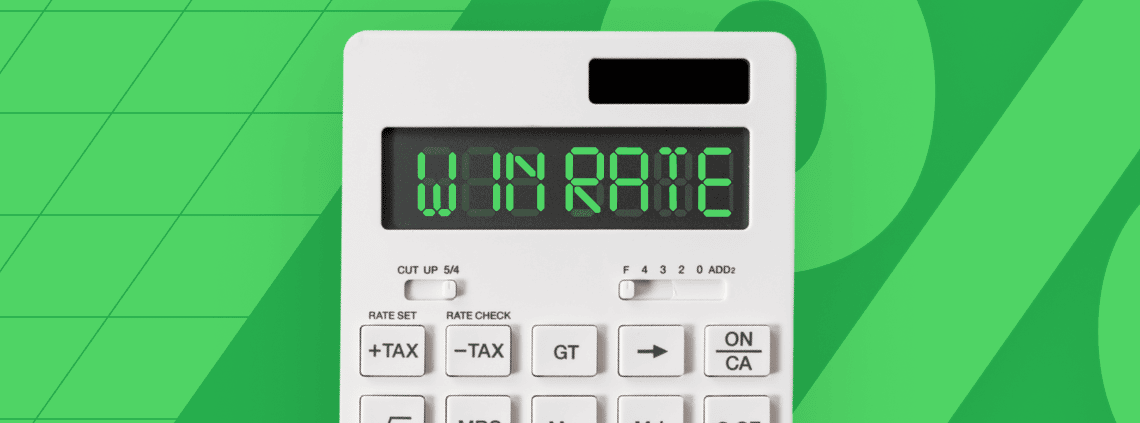Sales Win Rate: What It Is, How to Calculate It, and What’s Considered a Good Win Rate?
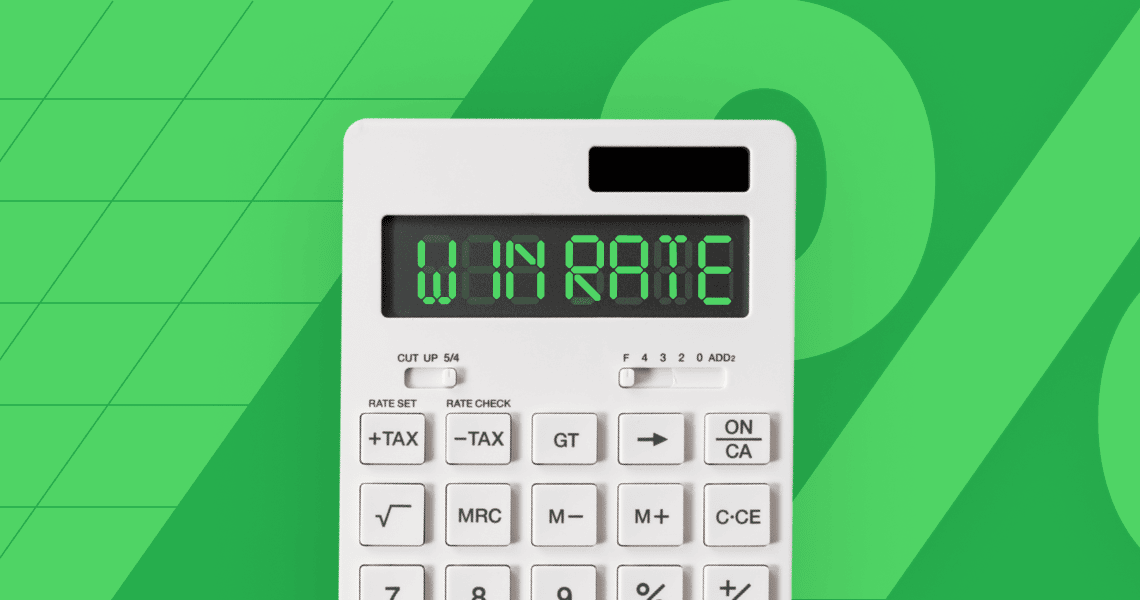
Intro
You know what they say – sales is the lifeblood of every organization. Without sales, businesses simply don’t survive, which is why it’s so important to constantly monitor and improve the win rate. To optimize it, you need a structured approach with clear qualification criteria and a well-defined sales process.
In this article, we’ll tell you how to calculate the sales win rate, share some benchmarks, and offer strategies to improve your win rates. Let’s dive right in.
Table of Contents
What is a sales win rate and why does it matter in sales?
Here’s a simple sales win rate definition: it’s the percentage of closed deals that resulted in a sale.
It’s one of the most critical sales metrics showing how effective your sales team is. A high win rate often means:
-
-
- A well-targeted sales strategy
- A great product or service
- A highly-skilled sales team.
-
A low sales win rate, on the other hand, could signal:
-
-
- A poor qualification process
- A mismatch between what the product/service offers and the needs of the leads we reached out to (which may also result from marketing targeting the wrong audience)
- Strong competition that offers better products or services (or has lower prices or better marketing)
- A weak sales process or poor-quality sales efforts, even with well-qualified leads.
-
Tracking your win rate helps improve your sales tactics and makes predicting future revenue a lot easier. You won’t be able to scale your business operations and manage growth without monitoring your win rates.
How to calculate sales win rate and interpret it correctly
There are two main approaches companies use to calculate win rates – from lead to won deal, and from open deal (i.e., sales-qualified lead) to won deal. At Livespace, we believe that the latter method is the way to go. Why?
Many B2B businesses have two separate funnels – one for lead qualification (which is measured by conversions), and the other for the sales process (where ‘win rate’ applies). Combining these two into a single funnel could result in an artificially lowered win rate, since not every lead will eventually qualify for sales.
We recommend using the following formula:
The # of won deals ÷ total # of closed deals (both won and lost) during a specific period x 100.
For example, say that during the last month, your company’s sales team closed 72 deals. Out of these, 41 deals did not result in a sale, while 31 were won. To calculate your win rate for this time period you do the following:
31 won deals ÷ 72 total closed deals x 100 = 43% win rate.
What is a good win rate?
The best way of assessing if your sales win rate is ‘good’ is referring to your industry’s average. These can vary greatly. As we found in our research of over 1,200 SME businesses, industries like automotive dealerships and public services see average win rates as high as 48% and 49%, respectively. While others like law firms and professional services, see an average of 13%.
As a rule of thumb, the higher your win rates are from these benchmarks, the more certain you can be that you’re not underperforming.
If you’d like to see the average rates for your industry, download our B2B Sales Benchmarks 2025. It features numbers for 17 industries. On top of win rates, you’ll also find out the average time to win, time to close, and the typical number of sales processes in each industry.
Actionable strategies to boost win rate with a structured sales process
Monitor conversions at different stages of the sales funnel
There might be one small issue negatively impacting your win rate, like a slow response time to leads, which can be easily fixed. But addressing this problem requires first being aware of it. Tracking conversions at each sales funnel stage helps spot weak points and optimize your sales process for better results. Here are a few ideas on how to monitor conversions during lead qualification and closing:
Lead qualification:
-
-
- Quality of contact data (crucial for lead generation)
- Speed of initial contact attempt
- Average time to successfully reach a lead
- Conversion rate across the entire funnel (indicates lead quality regardless of the source)
- Conversion rate per marketing channel/campaign (helps determine whether to continue specific efforts)
- Whether qualified leads actually meet the criteria for sales handover
- Reasons for lead rejection (e.g., lack of budget, mismatched needs, unrealistic timeline, etc.)
-
Closing:
As you proceed after lead qualification, you should try to establish where you experience the biggest drop in sales opportunities:
-
-
- If it’s at the beginning of the funnel, it might mean that scheduling a meeting/demo took place too late and the competition is acted faster.
- If the drop happens after the meeting/demo, it’s worth checking how well your sales reps are performing as they showcase your product.
- If you lose prospects after sending an offer, it could indicate that your pricing isn’t competitive or that the offer itself isn’t compelling (i.e., it doesn’t clearly communicate the value proposition). You might not fully understand the client’s problem or fail to communicate the solution efficiently.
- If prospects drop off at the negotiation stage or as you’re already drafting documents, it could mean your terms and conditions are too rigid compared to the competition.
-
Sales teams can use Livespace’s reporting features to identify patterns and boost conversion rates.
Break down your sales process into smaller, “tangible” tasks
If you want to measure something – be it your sales win rate or any other business metric – you must first make it possible to crunch these numbers. The absolute first step is creating clear standards for your sales process.
We recommend breaking it down into specific tasks, as they make it easier for your sales teams to track progress – or, perhaps even more importantly – spot bottlenecks that might be negatively affecting your win rate.
In Livespace, you can break sales processes down into smaller action plans, and set a relevance score for each (i.e., the estimated impact of each step on closing the deal).
For example, as in the image below, you could assign a smaller relevance score to identifying decision makers than to actually finding their contact details and getting in touch. Measuring these smaller steps lets you set a standard for sales teams and boost the chance of winning deals with each completed action.
Qualify leads correctly
A wise man once said, “Not every customer is right for you”. Qualifying leads correctly means that only good-quality ones end up in sales, letting them dedicate more time and attention to each prospect. This results in a better understanding of the client, a more tailored offer, and (hopefully) a higher chance of winning the deal.
Teams without a good lead qualification process often struggle to serve potential clients at the right level, simply because they lack the time. This can have a dramatic effect on the sales win rate, especially in consultative sales, where providing excellent service is essential.
With Livespace you can set clear, automated benchmarks for customer evaluation to focus on the most profitable clients. Implementing Livespace CRM can increase your win rate by as much as 15.9%.
Segment your customers and create tailored strategies
Using a cookie-cutter approach in sales will most often lead to missed sales opportunities and, naturally, a lower win rate. The best way to change this is to dive into your existing customer base. Analyze the different customer groups you’re serving to learn how you can tailor your sales techniques better.
Once you narrow down these groups, you should create a structured sales process for each.
Livespace gives you a lot of flexibility in how you define your different customer segments. You can set individual benchmark ranges for each client group, and create a “typical” customer profile by using a range of evaluation criteria.
Breaking your customers into groups can help you understand which types of leads are most likely to convert and how to best appeal to each segment. This technique can have a quick effect on your average win rates.
To give you an example, say that you sell to both SMBs and enterprises. The first group may prefer quick, straightforward sales cycles with minimal human interaction. Meanwhile, enterprises might need multiple consultations with your sales representatives, a few product demos, and “hard” proof of ROI before deciding to buy. It’s easy to see how adjusting your sales process can help win deals for each group.
Finding out the average win rate for your industry is crucial for your sales strategy
Understanding the typical win rate for your industry can be a good reference point for your sales team. If you see that your company’s results fall below the average, it might mean you’re missing a lot of potential sales. These call for further analysis in your CRM, and can be caused by a bottleneck in one of your stages or a lack of proper lead segmentation. And if it’s above average, it likely means you’re doing a good job.
If you’d like to see how you compare to others in your niche, download our B2B Sales Benchmark 2025 report.
Regardless of where your company currently stands compared to benchmarks, it’s important that you monitor your win rates regularly. And that’s where using the right CRM is key.
Other posts
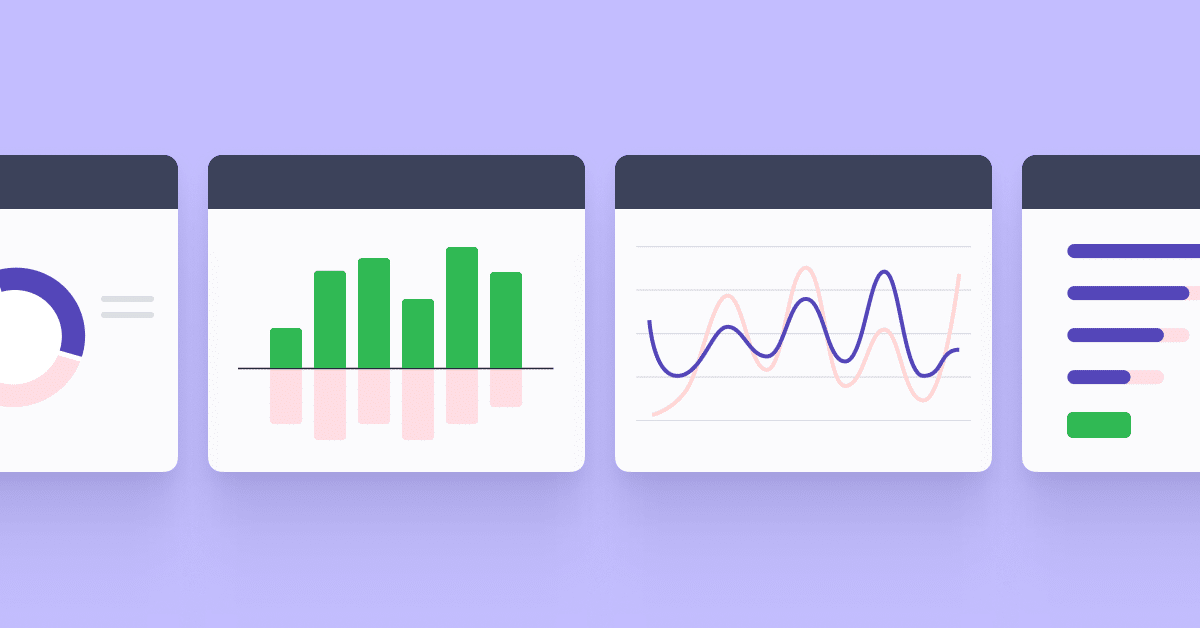
7 most widely used sales reports (with free downloadable templates)
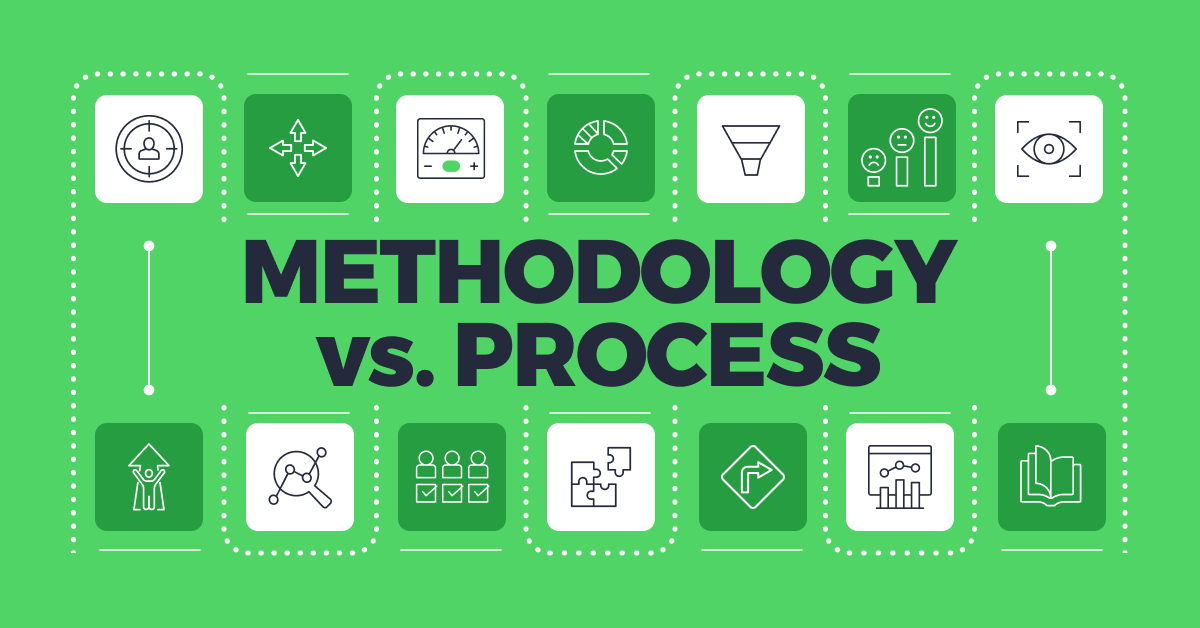
Sales methodology vs sales process – how they influence each other and how to build them effectively
